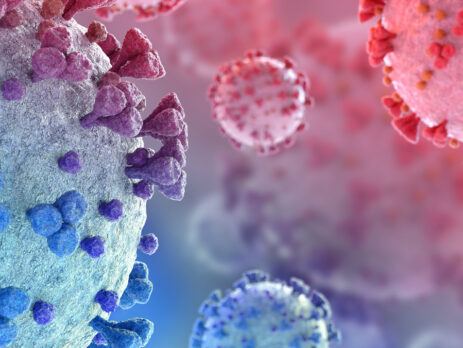Gas detection technology boosts fight against COVID-19
Gas detection can play a major role in the deployment of the Pfizer-Biontech vaccine. This vaccine requires storage and transportation at -70°C in sealed containers due to its mRNA (Messenger RNA) molecule technology. Such a low temperature is maintained using dry ice.
Dry ice is solid, frozen carbon dioxide (CO2). However, at temperatures above -78°C, CO2 sublimates, which is when it becomes gaseous and potentially dangerous. CO2 can act as an asphyxiant and a toxicant as it is heavier than air and tends to take the place of oxygen, leading to a risk of anoxia. These dangers can present issues for factory, logistics and healthcare workers unfamiliar with handling and manipulating dry ice. Clearly, there is a global need for vaccine urgency, but this should not be at the expense of worker health and safety.
CO2 detection solutions are deployable at all stages of the deep-freeze delivery chain. The Pfizer-Biontech vaccine makes use of a specially developed transport box that contains dry ice and is fitted with GPS trackers. Each reusable box can keep up to 5000 doses of vaccine at the right temperature for 10 days, if it remains unopened. In addition, destination countries can choose to store the vaccine in a freezer farm for up to six months at -70°C. For manufacturing sites, logistics centres, transport hubs and healthcare facilities, effective CO2 detection can provide high levels of site and personnel protection.
